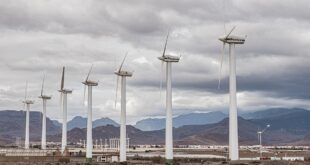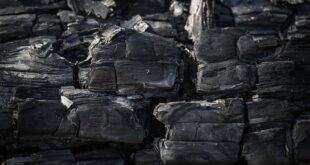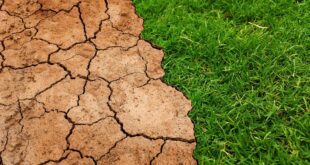The Essential Guide to Understanding Greenhouse Gases and Climate Change
Introduction
The topic of climate change has been making headlines around the world for years now, and with good reason. Climate change poses a serious threat to our planet and our way of life. But what’s causing it? In this article, we’ll take a closer look at greenhouse gases, the main culprits behind climate change, and the truth about their effects on our planet.
What are Greenhouse Gases?
Greenhouse gases are gases in the Earth’s atmosphere that trap heat from the sun and prevent it from escaping back into space. The four main types of greenhouse gases are carbon dioxide (CO2), methane (CH4), nitrous oxide (N2O), and fluorinated gases.
Carbon Dioxide (CO2)
Carbon dioxide is the most well-known greenhouse gas and is the biggest contributor to global warming. Burning fossil fuels, such as coal and oil, releases carbon dioxide into the air.
Methane (CH4)
Methane is a potent greenhouse gas with 25 times the warming power of CO2. It’s produced by many sources, including livestock, oil and gas production, and landfills.
Nitrous Oxide (N2O)
Nitrous oxide is another potent greenhouse gas that has around 300 times the warming power of CO2. It’s mostly released through agricultural practices such as fertilizer use and livestock management.
Impact of Greenhouse Gases on Climate Change
The build-up of greenhouse gases in the atmosphere is causing the Earth’s temperature to rise. This temperature increase leads to melting glaciers, rising sea levels, and more frequent extreme weather events like hurricanes, droughts, and heatwaves.
Melting Glaciers
As temperatures increase, glaciers and ice caps melt at unprecedented rates. This melting creates a domino effect of rising sea levels and impacts vital habitats of marine animals such as polar bears and penguins.
Rising Sea Levels
With temperatures and melting rates on the rise, we can expect the sea level to continue rising. It will lead to devastating consequences such as loss of land, flooding and cause fishes and living things to exerted in an inappropriate climate environment.
What Can be Done to Fight Global Warming
Reducing greenhouse gas emissions is the key to combatting climate change. Here are some practical steps:
– Use Energy Efficiency: As much-less amount of fuel we use, the emissions of greenhouse gases can be relatively minimized. Using hybrid cars and wind turbines for the Energy production process as much as possible could assist to reduce global warming drastically.
– Renewable Energy: As an eco-friendly approach, transitioning to renewable energy sources could help solve the issue caused by traditional energy sources like atomicity, oil production, etc.
– Planting more trees: Reafforestation is an excellent initiative to minimize the volume of carbon dioxide present in the atmosphere.
Conclusion
There is no doubt that greenhouse gases pose a significant threat to our planet, but there’s still hope. By understanding the truth about climate change, we can all do our part to reduce greenhouse gas emissions and help protect our planet. Here is the time to take crucial steps to make our planet a better place to live in.
 Mind Uncharted Explore. Discover. Learn.
Mind Uncharted Explore. Discover. Learn.



